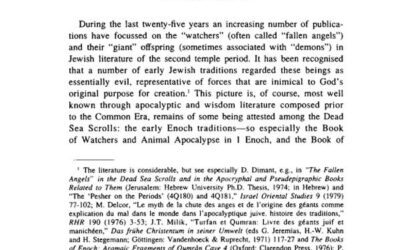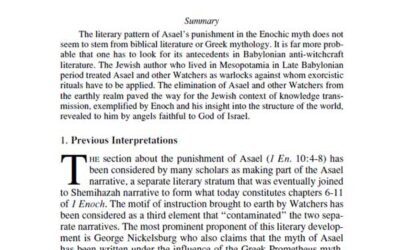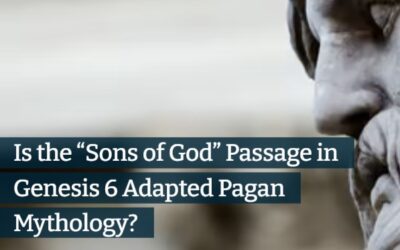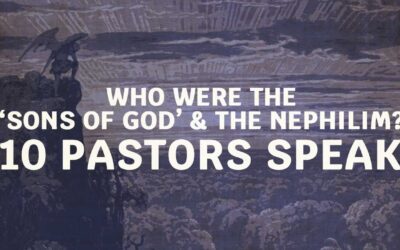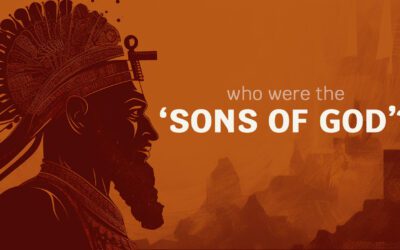In our exploration of the Nephilim, we turn to Robin Routledge’s 2015 paper “The Nephilim: A Tall Story?” The paper delves into the origins and implications of these mysterious figures within the context of the pre-flood era.
Robin Routledge, a respected figure in Old Testament studies, served as a senior lecturer and academic dean at Mattersey Hall, England. His works like “Old Testament Introduction” and “Old Testament Theology” have left a lasting impact on biblical scholarship.
Routledge’s paper aims to shed light on the Nephilim’s significance, despite their infrequent appearances in the Old Testament.
Textual Evidence for the Nephilim
After spending many pages on the actual textual evidence for the Nephilim and possible related groups and terms, Routledge proceeds to present his ideas on a variety of common questions.
Routledge highlights the distinction between the Nephilim’s portrayal in canonical and non-canonical texts. He suggests that the canonical view remains largely uninfluenced by non-canonical perspectives, indicating that the latter built upon the former to provide additional insights.
The Origin of the Nephilim
Additionally, Routledge explores the Nephilim’s identity as the offspring of divine beings and human women, often equated with the “heroes of old.” While later interpretations paint the Nephilim as malevolent beings responsible for the flood, their original biblical representation lacks such negativity. They were diverse demigods, possibly including figures from various mythologies.
Routledge emphasizes that the Nephilim’s presence remains outside the ordinary lives of Israelites, unlike other giants mentioned in the Old Testament. The Nephilim are not portrayed as supernatural entities, and even the mention in Numbers 13:33 could be a rhetorical exaggeration.
Nephilim after the flood?
The Nephilim’s origin in the antediluvian period raises questions. For the spies’ report to hold weight, there must be a belief that they survived the flood, as indicated by “and also afterwards.” The Old Testament doesn’t explain their survival but acknowledges it.
What does it all mean?
Routledge proposes a connection between the Nephilim and human hubris, suggesting intentional alliances with divine beings to seek immortality. Describing them as “heroes” highlights the distorted values of that generation, contributing to the narrative of human corruption and the subsequent flood.
Routledge’s insights help us better understand the Nephilim’s role and significance in biblical context. His straightforward analysis offers a deeper comprehension of their origins, traits, and implications, without embellishment.
For those interested in further exploration, Chasing The Giants provides ancient sources related to the Genesis 6:1-4 account, supporting our journey to uncover the past and its spiritual lessons.

